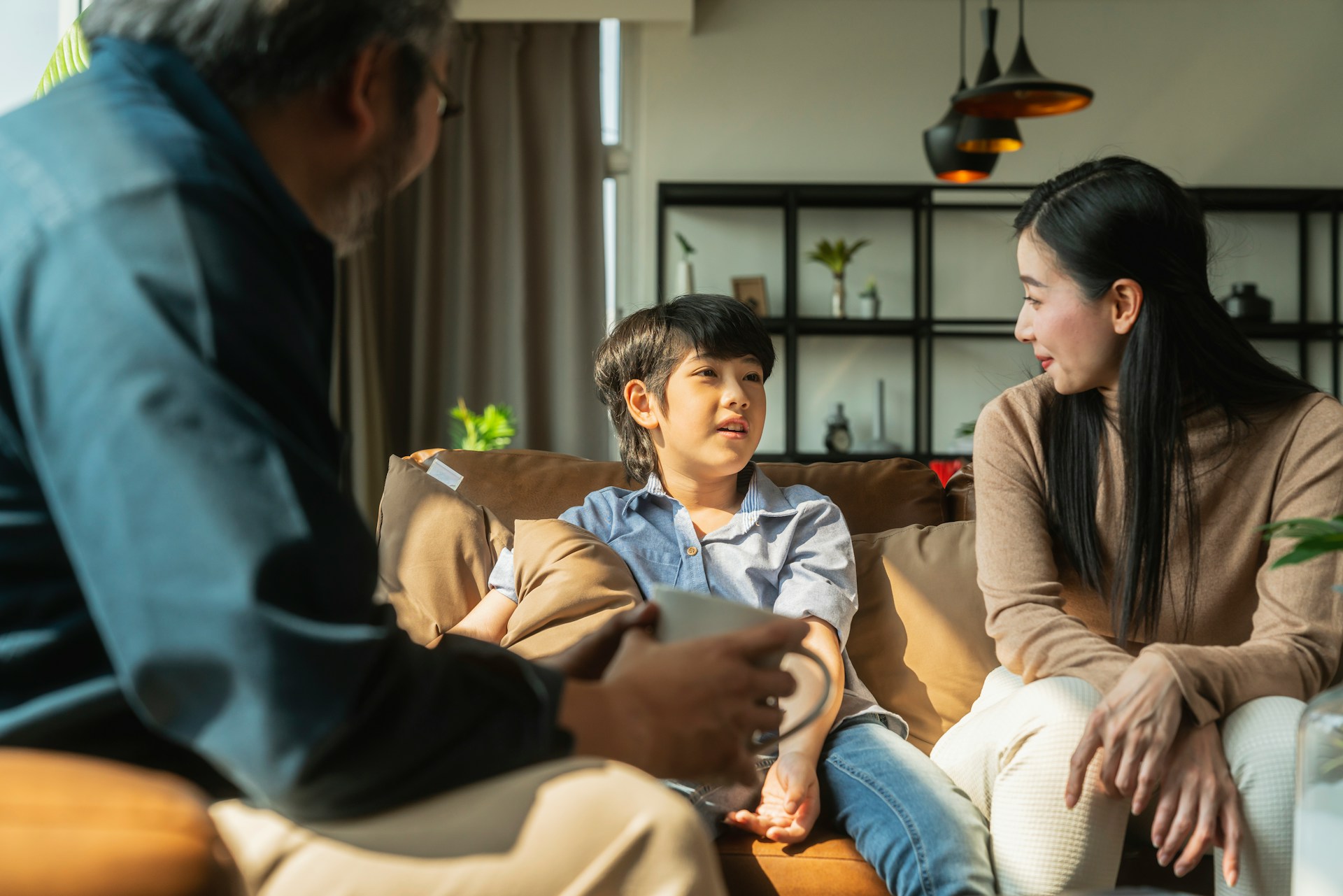When children feel anxious, words often take a back seat to what their bodies show. Especially in the fall, as routines shift and Oregon families settle into new school schedules, some kids begin to show stress in quiet, physical ways. Hands fidgeting, a tense posture, or sidestepping eye contact may be signs that something inside feels hard to manage. For many families, child therapy helps make sense of these signals and offers gentle ways to support children on their own terms.
It’s easy to overlook these cues or mistake them for misbehavior. But when adults know what to watch for, body language becomes a window into what is really happening—often long before a child can talk about it. As the days get shorter and responsibilities grow, recognizing these small signals can help both kids and caregivers stay centered.
Reading the Quiet Signals
Anxious energy isn’t always loud. It can show up in small behaviors that look like distraction or avoidance. Fidgeting is a classic signal—hands wringing, feet bouncing, fingers tapping or twisting clothing. Pacing or the urge to leave a room are other ways kids try to release what is building inside.
Physical closeness can matter, too. A child might become clingy, not wanting to leave a parent’s side or hovering nearby more than usual. This isn’t just for comfort—it can reflect a need for safety or predictability when emotions are big.
There’s another side that is easy to miss: stillness. A rigid posture, frozen form, or long periods of staring at the ground can mean a child is shutting down. Instead of acting out, the body is doing the only thing it can to manage internal overwhelm. These signs aren’t stubbornness or defiance. Often, they are quiet alerts that worry is present.
When Body Language Speaks First
Most kids sense anxiety in their bodies before they can say what’s wrong. A churning stomach, tense shoulders, or aching jaw can show up long before they have language for what they feel. Restlessness or unplanned withdrawal sometimes goes unnoticed, but these can be the first hints that bigger feelings are brewing.
Reactions such as pulling away from touch, shrinking back when approached, or going still when questions are asked are common. This can be confusing for adults, especially during regular activities like getting ready in the morning or running errands. But for a child under internal pressure, moving away or freezing is often their body’s way of coping.
Talking isn’t always possible when feelings are intense. For younger children, or those who have dealt with stress before, it may be out of reach completely. Watching body language becomes essential—it is often the clearest message about what’s happening inside.
How Caregivers Can Respond Without Pushing
Kids don’t always want to discuss what is happening, and quick questions can make them withdraw more. Caregivers can offer quiet support without asking for answers. Sitting together, taking a few slow breaths, or spending time near a child without expectation can show understanding.
Open-ended comments such as, “I see your fingers are moving a lot” or “That looks tough” can invite conversation. These statements tell a child they’re seen, but without putting them on the spot.
It also helps to avoid correcting physical responses like fidgeting or avoiding eye contact. Naming those behaviors with gentle curiosity instead of judgment helps build trust. This shift lets the child feel in control over when and how they share, so their body language is understood, not punished. Over time, it can turn tension into deeper connection.
The Role of Child Therapy in Building Awareness
Child therapy is designed to match a child’s pace, making space for feelings when words are hard to find. It gently slows things down so kids can notice what’s happening inside without pressure.
In a child therapy setting, children learn to describe sensations in their bodies—maybe tightness before speaking, or butterflies before heading to school. Naming these can shrink their hold and make big feelings more manageable.
Therapists also help parents learn how to read these visible clues. This shared understanding lets adults respond calmly instead of with frustration, even when behaviors look confusing. With the right support, day-to-day stress becomes less overwhelming for both the child and their caregivers.
At Mindful Mental and Behavioral Health PLLC, therapists use age-appropriate techniques, from play-based methods to gentle talk therapy, tailored for Oregon kids and families.
The Small Signals That Mean a Lot
Worry in kids does not always come in words. Sometimes it is in restless feet, a gaze turned away, or the child who goes from loud to silent just as the day ramps up. What adults might see as small or simple can feel massive inside a child’s world.
Watching body cues—the way a child’s shoulders tense, how they pull away from touch, the frequency of their movement—can tell you more than a conversation ever could. These signals aren’t things to fix or ignore; they are reminders to slow down and pay attention.
As another Oregon fall becomes winter, some children will carry these signals into colder days. Offering space and quiet observation, instead of urgency, reassures kids they don’t need a speech to be understood. Sometimes, just being noticed and accepted is enough to help them find solid ground.
At Mindful Mental and Behavioral Health PLLC, we know how tricky it can be for parents to figure out what their child’s nonverbal cues are really saying. When changes start to show up and feel difficult to explain, our approach to child therapy in Oregon aims to help kids feel seen, supported, and heard—without rushing them to speak before they’re ready.




